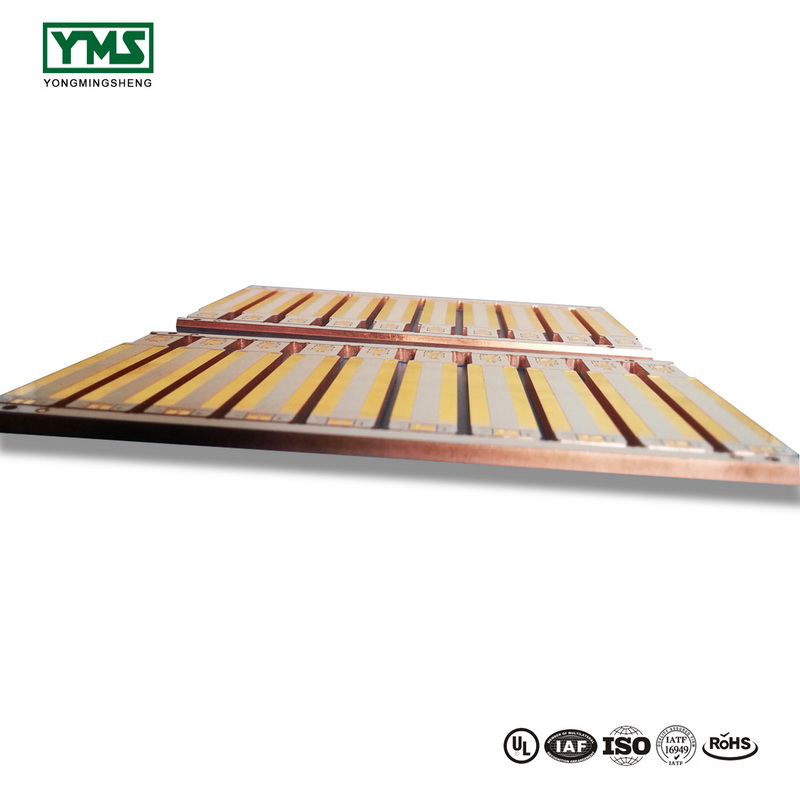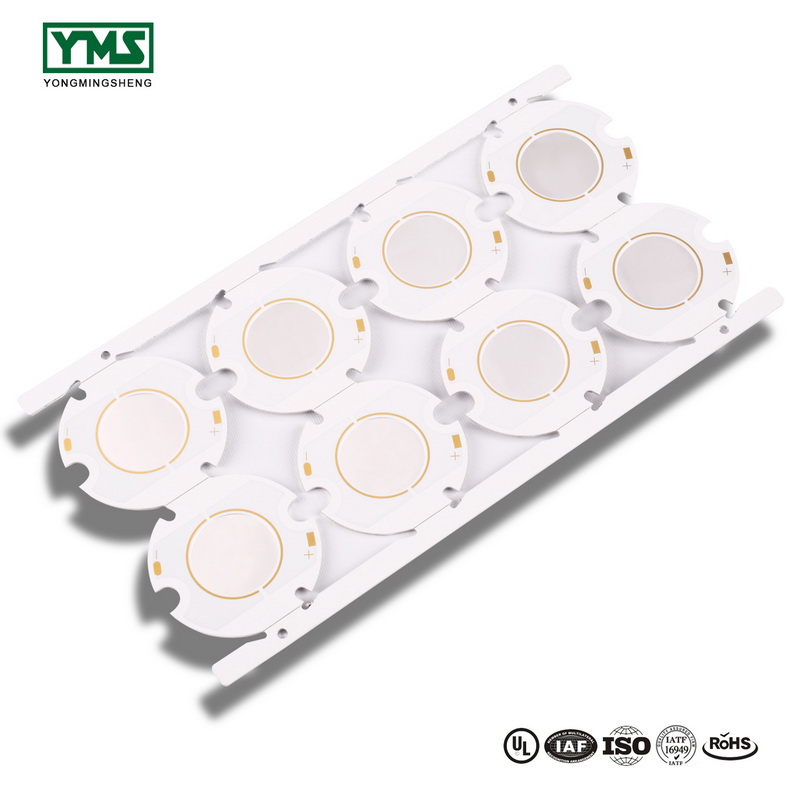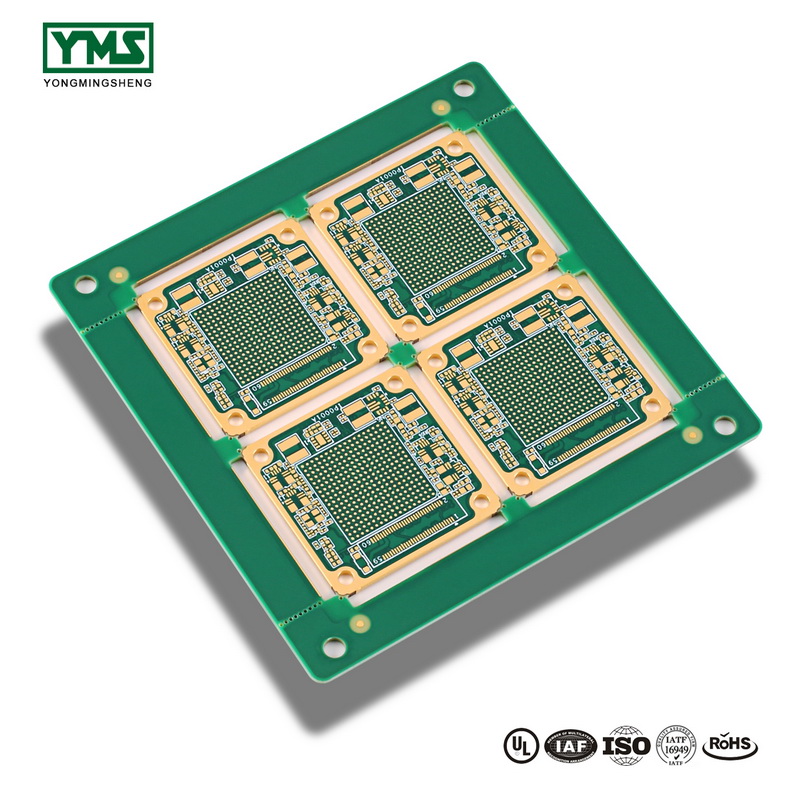China pcb manufacturer tells you
Nowadays, high-speed PCB design is widely used in fields such as communication, computer, graphics and image processing. And engineers in these areas also use a different strategy for high-speed PCB design.
In the field of telecommunications, the design is very complex, and the transmission speed in data, voice and image transmission applications is far higher than 500Mbps. In the field of communications, people are pursuing faster and higher performance products, and the cost is not the first priority. They will use more layers, enough power layers and "ground" layers to match any signal line that might have high-speed problems with discrete components. They have SI (signal integrity) and EMC (electromagnetic compatibility) experts to conduct pre-wiring simulation and analysis, and each design engineer follows strict design rules within the enterprise. Therefore, design engineers in the communications field often adopt this over-engineered high-speed PCB design strategy.
At the other end of the spectrum is the motherboard design of the home computer, where cost and efficiency above all else. Designers have always used the fastest, best and highest-performing CPU chips, memory technology and graphics processing modules to form increasingly complex computers. While the main board of home computer is usually a 4-layer board, some high-speed PCB design technology is difficult to be used in this field, so the engineers in the field of home computer usually adopt the method of excessive research to design high-speed PCB, they need to fully study the specific situation of design to solve the real high-speed circuit problems.
The usual high-speed PCB design may be different. Manufacturers of key components in high-speed PCB (such as CPU, DSP, FPGA, industry-specific chip, etc.) will provide chip design information, which is usually provided in the form of reference design and design guidelines. However, there are two problems here: firstly, there is a process for device manufacturers to understand and apply signal integrity, and system design engineers always want to use the latest high performance chips in the first place, so the design guidelines given by device manufacturers may not be mature. Therefore, some device manufacturers give multiple versions of their design guidelines at different times. Secondly, the design constraints given by device manufacturers are often so strict that it can be very difficult for design engineers to meet all the design rules. In the absence of simulation analysis tools and background knowledge of these constraint rules, satisfying all constraints is the only means of high-speed PCB design. Such a design strategy is often referred to as excessive constraint.
An article mentioned that a backplane design uses surface-mounted resistors to achieve terminal matching. More than 200 such matched resistors are used on the circuit board. Imagine if you had to design 10 prototype templates to make sure the best end match by changing these 200 resistors. That would be a huge amount of work. It is surprising that none of the resistance changes in this design are due to SI software analysis.
Therefore, high-speed PCB design simulation and analysis should be added into the original design process to make it an indispensable part of the complete product design and development.
You May Like
Post time: Dec-20-2019



